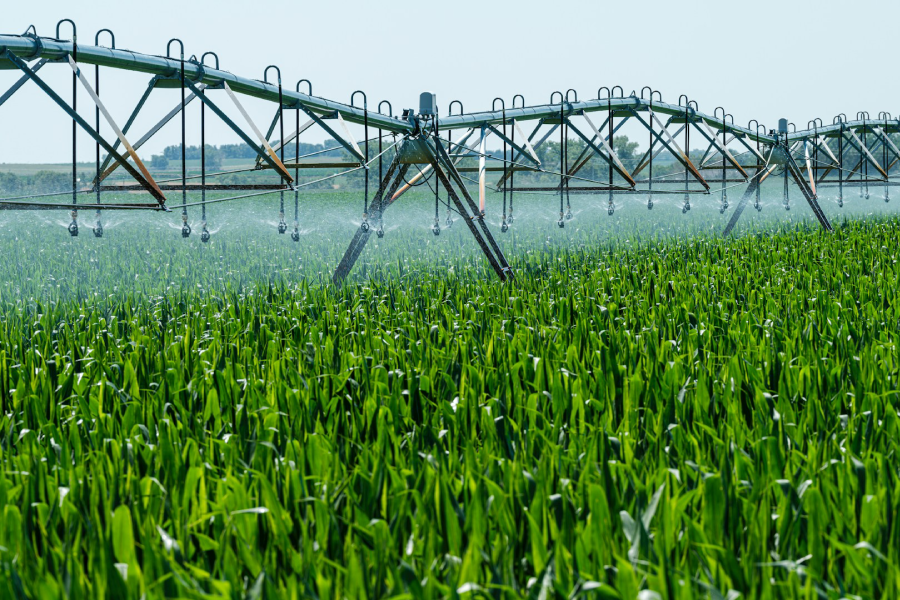Using OpenET to Accurately Track Groundwater

Drought remains a critical concern for agricultural irrigation. Traditionally, groundwater usage has been measured through flow meters, but these are not widely available. Researchers at the Desert Research Institute (DRI) explored the potential of OpenET, a satellite-based platform that estimates evapotranspiration, to address this gap.
A study published in Agricultural Water Management compared OpenET data with meter readings from agricultural fields in Nevada and Oregon. The findings indicate that OpenET can provide accurate estimates of groundwater use for individual fields. This is the first time that satellite data has been used to track water from a well to specific crops, offering new insights into irrigation efficiency. The method holds promise for informing groundwater management plans nationwide.
Thomas Ott, assistant research scientist at DRI and lead author of the study, emphasized the significance of this approach, noting that previous studies focused on broader regions due to limited access to detailed meter data. OpenET, using satellite data from NASA and the U.S. Geological Survey, provides a more precise picture of water use by incorporating factors such as air temperature and solar radiation.
The study examined two agricultural regions: Diamond Valley, Nevada, and Harney Basin, Oregon, both of which rely heavily on groundwater for crops like alfalfa and hay. In Diamond Valley, OpenET estimates were within 7% of the metered data, while Harney Basin showed a 17% difference. The researchers assessed the performance of OpenET across different irrigation systems, revealing that OpenET can offer more realistic water use estimates compared to traditional methods.
The study also found that actual water use in Diamond Valley was lower than assumed, with 90% of irrigation water being used by crops, compared to 83% in Harney Basin. The DRI team plans to expand this research as part of the Nevada Water Initiative, a collaboration with the Nevada Division of Water Resources, USGS, and local agricultural stakeholders. This project aims to improve water management in Nevada, the driest state in the U.S., by updating decades-old estimates of water availability and usage.
Ott highlighted the importance of stakeholder engagement in the research, particularly with farmers, whose cooperation is essential for future studies.


Responses